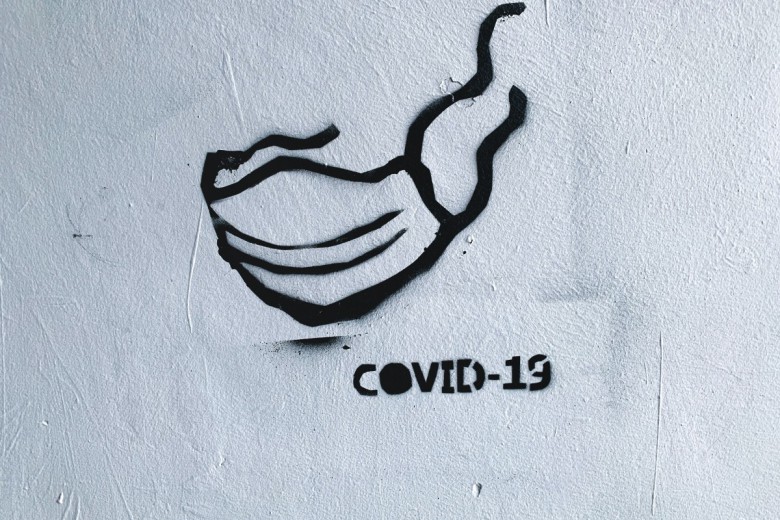When I see a poster for a fitness “boot camp” it makes me cringe. Since when did the military provide our models of well-being? To be clear, the military does not exist for health promotion, but as a machine for killing, maiming, and terrorizing. Military boot camp is designed to break down recruits and re-forge them as obedient units in that machine. Wow, sign me up!
The prevalence of boot camps tells us something important about attitudes towards our bodies – and therefore our selves, in the words of the feminist classic Our Bodies Our Selves. The fitness industry and the obesity panic are two sides of the same coin, both signs of a serious contempt for the body – at least in its natural state. We like our bodies made over: toned, tanned, shaved, styled, inked, pierced, dyed, and scented. Just listen to the contempt people express for the unprocessed raw body, especially one deemed “out of shape.”
The militarization of fitness has a long history. Very early in the 20th century, for example, the British government was worried that its fighting capacity in the Boer war was compromised by the low level of health and fitness among working-class men. They formed the Inter-Departmental Committee on Physical Deterioration, which issued a report calling, among other things, for more physical training in schools.
Physical education, then, was not rooted in a general desire for healthy minds and healthy bodies, but an imperative to increase national military capacity. Specialists in schools and gyms developed training methods that were focused not on providing people with the resources and knowledge to live well in their bodies, but rather preparing them to meet the performance requirements of employers and the military.
This militarized model of fitness has gone much deeper into society during the neoliberal era that began in the 1970s. Governments slashed benefits and services while employers trashed secure jobs with decent pay. A much higher portion of the population now negotiates life-long insecurity, a tightrope walk without a social safety net. Not surprisingly, people are plowing resources into training for that tightrope walk. Health has been individualized in this context, a personal accomplishment through training rather than something we strive for collectively by fighting poverty, making work safer, cleaning up the environment, and developing proper support resources.
Yet the proliferation of militarized training is in some ways surprising at a time when work and warfare have been transformed by information technologies, making physical strength and prowess less important. Neoliberalism is also the age of commercialization, where every aspect of life has been invaded by market forces. We are everywhere bombarded with images seeking to sell us something. We are constantly exposed to images of inhumanly perfect bodies on advertisements and in entertainment.
The models of fitness we aspire to through training actually have very little to do with our health. The extreme worlds of fashion modelling, bodybuilding, and elite athletics have established unsustainable standards for body image organized around hierarchies of gender, race, sexuality, and class. These bodies are built through cycles of bulking and cutting, supplementation, food and water deprivation, and extreme training regimes that are simply incompatible with a balanced life of good physical and mental health. Add in the photoshopping that accompanies professional photoshoots and you have unattainable standards projected everywhere. Our own bodies necessarily feel rather flawed in comparison.
We cannot succeed in the race to meet the standards of those idealized bodies. Indeed, the fitness and diet industries are designed to profit from failure. Health clubs make a tidy income from people who sign up after New Years’ resolutions but don’t show up to work out. Diet plans are built to fail, as weight loss is unsustainable unless it is accompanied by deeply established ways of eating and moving.
Surely there are better sources for our ideas of well-being than the military, the factory, and the illusion industries of culture and fashion. Feminism provides tools for critically understanding the way women’s body images have been formed to please the male eye rather than meet the needs of women themselves. Ecological perspectives offer a model of sustainable ways of life that align with our environment. Anti-racism helps us understand the hierarchies that are built into standardized images of the ideal body. Queer liberation reminds us that our bodies are also sites of pleasure. Workers’ health and safety makes clear the everyday toll that the current organization of work takes on our minds and bodies, and how to fight back.
The design of communities makes a big difference in health. Sustainable communities built around normal everyday movement, such as climbing stairs or walking to work, school, or play are associated with higher standards of fitness. The car-centred design of suburban communities makes everyday walking nearly impossible. At the same time, it is essential that communities be designed around varying levels of mobility and the rights of people with disabilities to full participation in all areas of life.
If some people want to subject themselves to boot camps and find it works for them, that’s fine. But let’s open up consideration of other paths to well-being and other images of health. To me, the better world we are fighting for includes a genuine opening to our bodies in all their diversity, and in all stages of the life cycle. Every radical knows that movement is good, so let’s take movement back from the militarized for-profit fitness industry.







